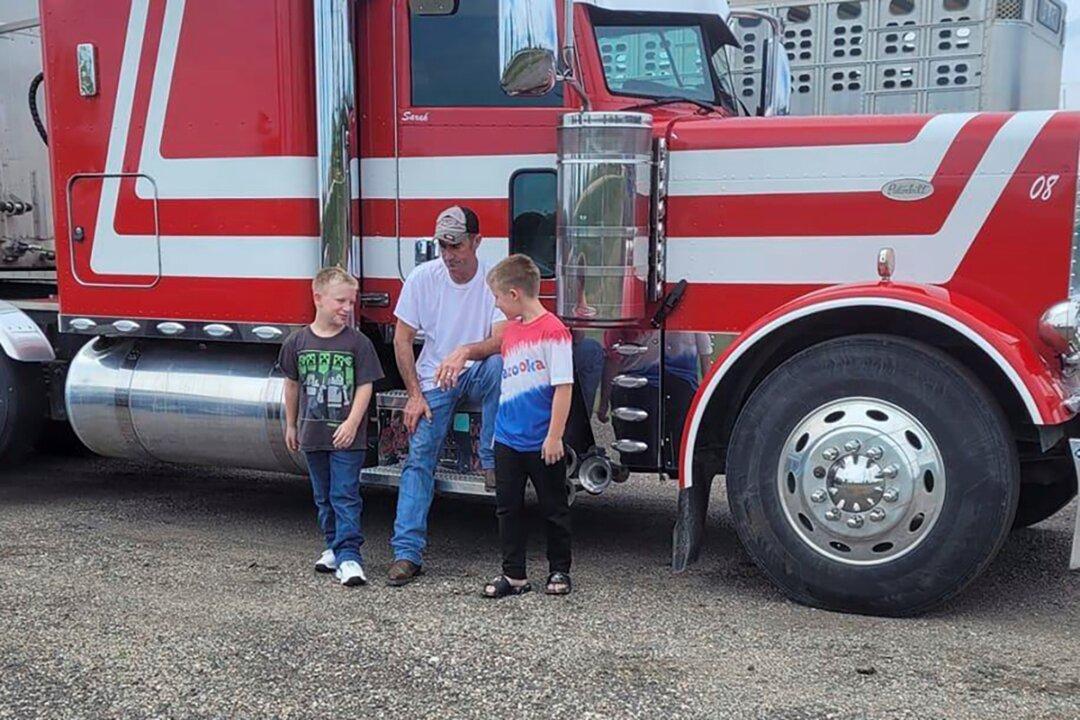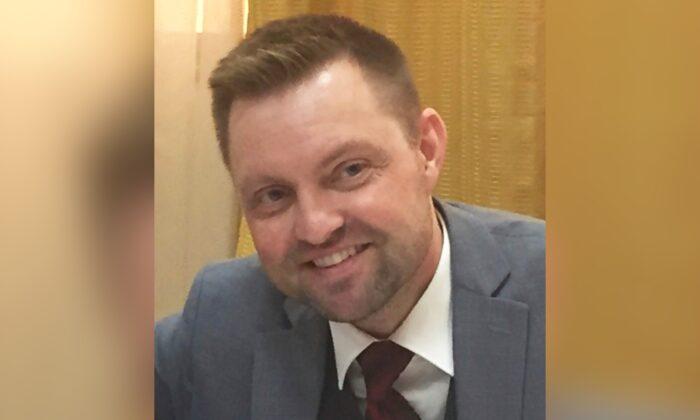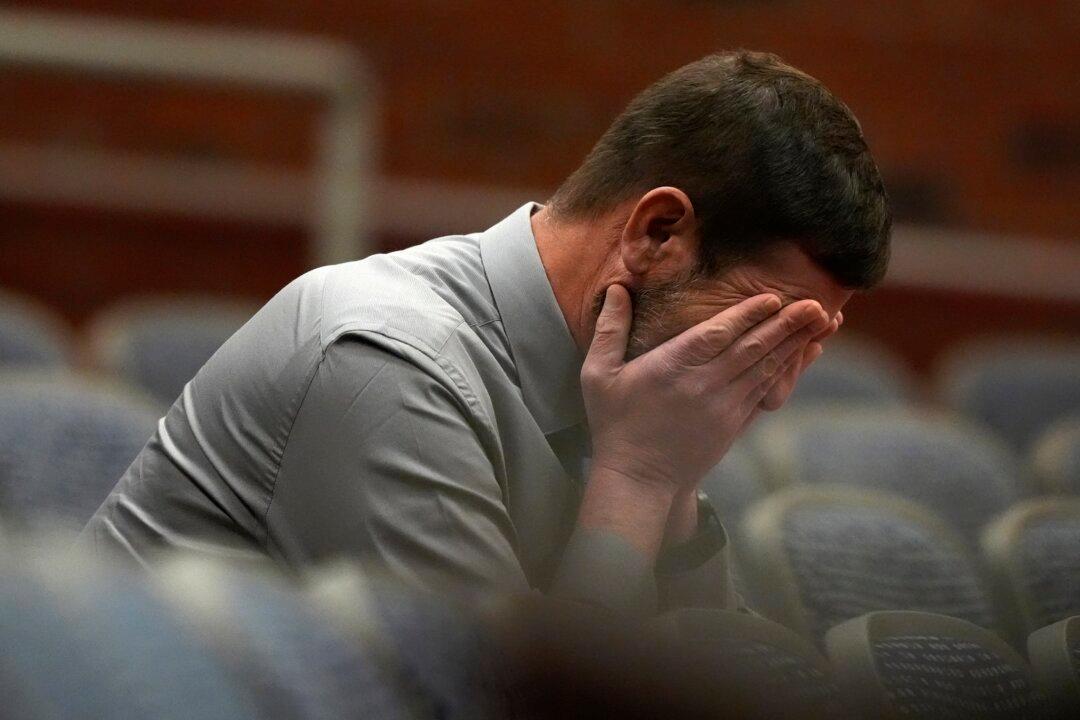CULIACAN, Mexico—Palatial tombs mark the final resting spots of top narcotics traffickers in the Jardines del Humaya cemetery in the Sinaloa state capital of Culiacán.
The cemetery is known for the extravagant tombs built for deceased drug lords like Ignacio Coronel and Arturo Beltrán Leyva.
Drug lord Joaquín “El Chapo” Guzmán hails from this region and there had been fears he would seek revenge against those who turned against him while he was prison. But his escape doesn’t seem to have sparked additional violence in this area, apparently with few new burials here in the nearly two weeks since he slipped out of Mexico’s highest-security prison.
Workmen on Wednesday were laying bricks and pouring concrete on one sleek, two-story modern-style crypt. Such tombs are sometimes built in advance, according to those familiar with the cemetery’s patrons.
In front of the cemetery’s gates, municipal police set up a check point and searched cars. But it wasn’t to look for Guzmán; it was to check for traffic infractions and stolen vehicles.
Top drug cartel lieutenants sometimes buy dozens of burial plots in advance at the Jardines del Humaya, to make sure there is space for their people when they meet their end.
But many of the top drug lords’ tombs have space that could hold dozens of graves. Some are outfitted with air conditioning, alarm systems—even living rooms with furniture. Many are decorated with sculptures or paintings of saints, Jesus, or the Virgin of Guadalupe, despite their violent lifestyles.
Juan Carlos Ayala, a professor at the state University of Sinaloa who studies the philosophy of the narco culture, said the drug traffickers’ lives are often “ephemeral,” with 10 or 15 years at the trade, at most.
“It is a desire to show the power they had, and the need to carry that on,” he said. “They feel that the opulence of the crypt could be a way to keep their memory alive among the people.”
Some tombs are meticulously well kept, but other burial sites are strewn with trash or streaked by rust and peeling paint.
“The problem is that after the drug trafficker dies and they build them this monumental tomb, their families, widows, children, often wind up in poverty, and the tombs decay,” Ayala noted.




